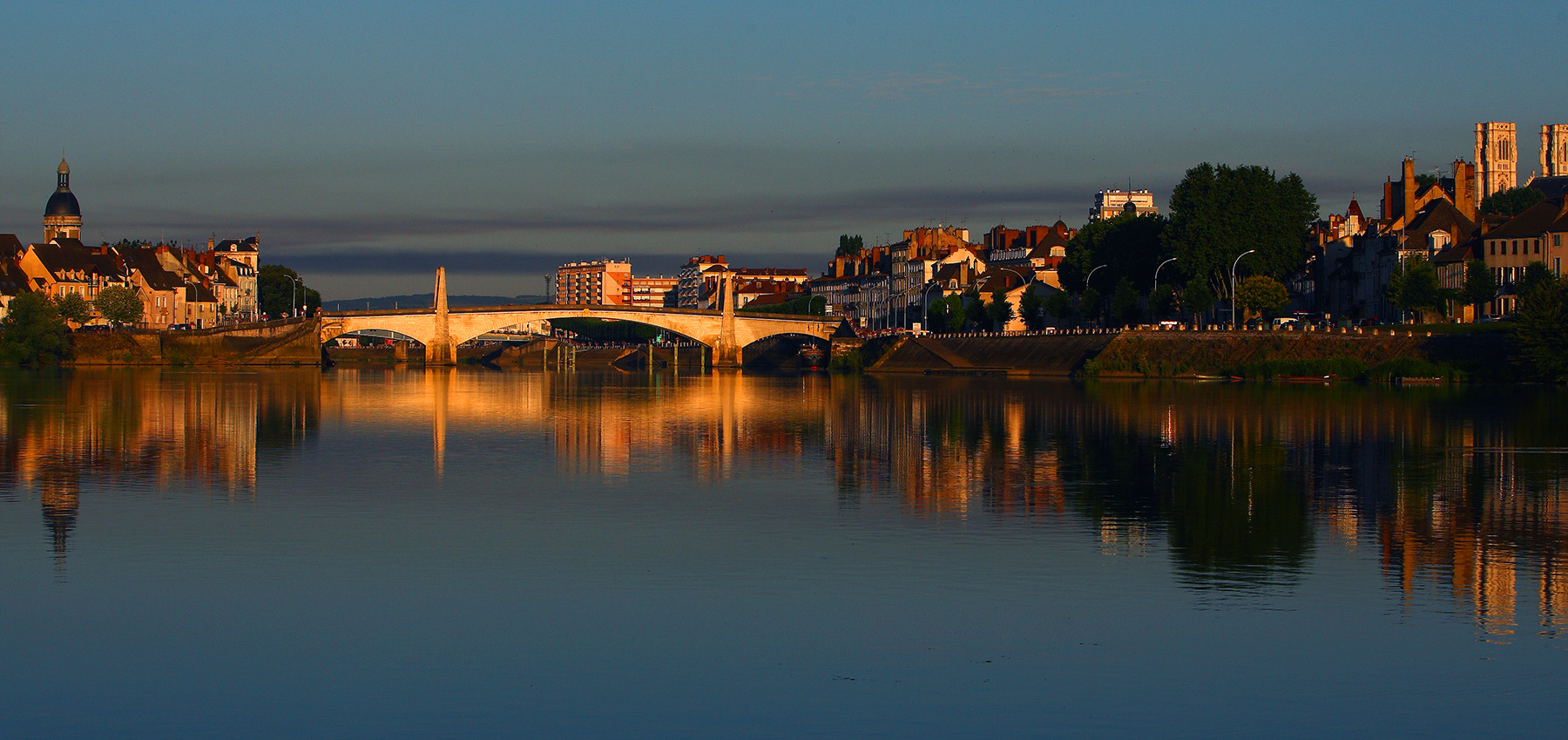Saône River

Nestled within the enchanting landscapes of Eastern France flows the tranquil Saône River, a waterway steeped in history, culture, and significance. As a right tributary of the majestic Rhône, the Saône originates at Vioménil in the Vosges department, meandering gracefully through the picturesque countryside before converging with the Rhône River in Lyon. Beyond its role as a natural wonder, the Saône holds profound cultural importance, shaping the identity and heritage of the communities that line its banks. Join me on a journey to unravel the layers of cultural significance that make the Saône River an indispensable part of Eastern France’s cultural tapestry.
Historical Significance: A Conduit of Civilization
Throughout the ages, the Saône River has served as a vital artery of civilization, facilitating trade, commerce, and cultural exchange among the peoples of Eastern France. From ancient Gauls to medieval merchants and Renaissance luminaries, the Saône has witnessed the ebb and flow of history, leaving an indelible mark on the region’s cultural landscape. Towns and cities along the Saône, such as Lyon, Chalon-sur-Saône, and Macon, owe much of their prosperity and identity to the river’s presence, which provided a lifeline for economic and cultural development.
The Romans, in particular, recognized the strategic importance of the Saône as a navigable waterway, establishing thriving settlements and trade routes along its banks. Lyon, known as Lugdunum during Roman times, emerged as a bustling urban center and administrative capital, thanks in part to its location at the confluence of the Saône and Rhône rivers. The legacy of Roman civilization can still be seen in the architectural marvels and cultural traditions that endure in Lyon and other cities along the Saône.
Cultural Heritage: A Source of Inspiration
Beyond its historical significance, the Saône River is a source of inspiration and creativity for artists, writers, and musicians who have been drawn to its tranquil shores. The river’s serene beauty, reflected in its shimmering waters and verdant landscapes, has inspired countless works of art and literature, capturing the imagination of generations of creators. From the Impressionist paintings of the 19th century to contemporary photography and poetry, the Saône has served as a muse for artists seeking to capture the essence of Eastern France’s natural and cultural heritage.
The Saône’s cultural importance is also reflected in the region’s culinary traditions, with local cuisine influenced by the river’s bounty of fresh ingredients and culinary delights. From traditional dishes such as quenelles de brochet (pike dumplings) and coq au vin (chicken in wine sauce) to world-renowned wines from the nearby Beaujolais and Burgundy vineyards, the flavors of the Saône River basin are as diverse and rich as its cultural heritage. Food and wine festivals held along the riverbanks celebrate these culinary traditions, offering visitors a taste of Eastern France’s gastronomic delights.
Community Life: A Hub of Activity
For the communities that call the banks of the Saône River home, the river is more than just a geographical feature—it is a central hub of social and cultural life. Throughout the year, festivals, markets, and events bring people together to celebrate the region’s heritage and traditions, fostering a sense of community and belonging. From the colorful quayside markets of Lyon to the lively waterfront festivals of smaller towns, the Saône River provides a vibrant backdrop for cultural exchange and celebration.
In addition to cultural events, the Saône River also offers recreational opportunities that bring people together in shared enjoyment of the natural world. Cycling and walking paths along the riverbanks invite residents and visitors alike to explore the scenic beauty of Eastern France, while boating and fishing enthusiasts take to the water to enjoy leisurely pursuits and outdoor activities. The river’s tranquil waters provide a peaceful sanctuary for relaxation and reflection, offering respite from the hustle and bustle of modern life.
Conclusion:
In conclusion, the Saône River is a cultural treasure that weaves its way through the fabric of Eastern France’s identity and heritage. From its role as a conduit of civilization to its inspiration for artists and writers, the Saône holds a special place in the hearts of those who live along its banks. As a source of community life and recreational enjoyment, the river continues to shape the cultural landscape of the region, fostering connections between people and the natural world. As we reflect on the cultural significance of the Saône, we are reminded of the timeless bond between humanity and the rivers that sustain us, enriching our lives with their beauty and vitality.
Know More about the Saône River.
What are The Religious Places of the Saône River?
When Did The Saône River Basin Become a Focus?
Where is The Saône River Located?
Who Were The Key Historical Figures and Civilizations of The Saône River?
How to Reach Saône River?




